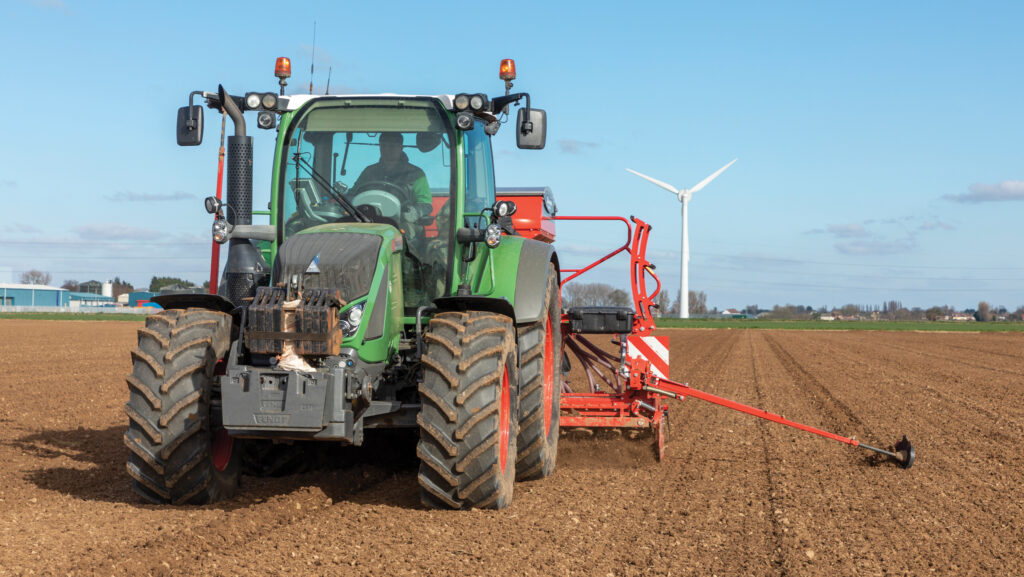Business Clinic: Can I put a turbine on green belt land?
 © GNP
© GNP Whether it’s a legal, tax, insurance, management or land issue, Farmers Weekly’s Business Clinic experts can help.
Here, Philippe Rottner, senior energy specialist with Carter Jonas, advises on the potential for a wind turbine on green belt land.
See also: Business Clinic – lifting an agricultural occupancy condition
Q: I own a farm in Northumberland. We’ve previously looked into onshore wind, but weren’t able to get planning permission because the turbine would have been on green belt land and someone objected to our proposal.
Will the recent changes in policy mean that it’s now feasible?
A: In the run-up to the general election, the Labour Party was clear about its ambition for providing clean power by 2030.
During its first few months in government, Labour moved quickly to put in place the legislation necessary to make these plans a reality.
On 8 July 2024, the National Planning Policy Framework (NPPF) was amended to remove the de facto ban on onshore wind farms in England, which had been in place since 2015.
These rules, located in footnotes 57 and 58 of the previous NPPF, had rendered new onshore wind projects virtually impossible by demanding proof of no local opposition so absolute that it proved an immovable obstacle.
Onshore wind planning regime change
The updated NPPF, which was published on 12 December 2024, brings onshore wind on a level footing with other forms of renewable energy.
Onshore wind development projects above the threshold of 100MW will now be classed as a nationally significant infrastructure project (NSIP), meaning that the secretary of state will have the final say on applications.
Any projects below this threshold will be determined under the Town and Country Planning Act 1990 (TCPA), which will be decided upon by local planning authorities.
As the NSIP process is lengthy and therefore more expensive, the new threshold of 100MW is a positive change for future applicants, as the TCPA pathway is more efficient and cheaper.
Potential grey belt opportunity
Another update in the NPPF is the introduction of the “grey belt”.
The grey belt is defined as land in the green belt comprising previously developed land and/or any other land that, in either case, does not strongly contribute to either:
- Checking the unrestricted sprawl of large built-up areas
- Preventing neighbouring towns merging into one another
- Preserving the setting and special character of historic towns.
Therefore, taking the above into account, grey belt land incorporates sites within the green belt that have previously been developed, land that makes a limited contribution to the aim of the green belt and that doesn’t include an area or asset of particular importance.
So, if land on your site has been developed previously, for instance there are old stables, or redundant living quarters, it may fall within this new classification, which is potentially an exciting prospect.
There are a lot of positive points to onshore wind. Once built, a wind turbine only takes up a small area and the site can still be farmed.
Farmers are being paid good rates for hosting a turbine on their land, and it’s still one of the least expensive forms of renewable energy.
However, you must make sure your land is appropriate for a turbine.
You need a site that has high and consistent wind speeds and is relatively close to a grid connection. You also need good access.
In order to determine whether onshore wind is the best option for your land, especially taking into account recent policy changes, it is always advisable to seek expert advice.
Do you have a question for the panel?
Outline your legal, tax, finance, insurance or farm management question in no more than 350 words and Farmers Weekly will put it to a member of the panel. Please give as much information as possible.
Email your question to FW-Businessclinic@markallengroup.com using the subject line “Business Clinic”.
